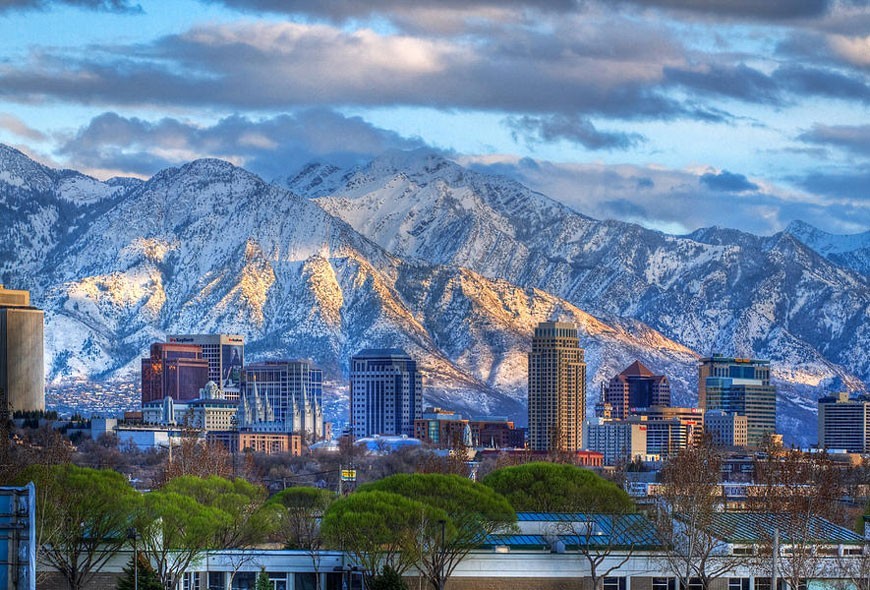If someone said that Millennials had the potential to become home buyers and completely change the housing market would you believe them? The fact of the matter is that with such a large part of the U.S. population, Millennials are in the best position to find and buy a new home. Despite student loans, credit scores, and restrictive mortgages, this generation has a very good future in the housing market.
What Has Stopped Us from Being Home Buyers?
Millennials have had a hard time finding affordable homes. The lack of employment during the recession caused a significant decrease in wages, and after the mortgage meltdown in 2008 and 2009 lending has become extremely strict. The lack of credit history has also hurt the generation’s ability to obtain loans.
Another reason is that many Millennials have been misinformed about the realities of buying a home.
“Many still believe you need high incomes, large down payments, and great credit,” Matt Mouser, a realtor at Midwest Properties of Michigan, said. “The truth is that the average mortgage borrower does not put down 20%, their credit score has been going down the past few years, and due to the affordable home prices they don’t need high incomes.”
Most would believe that the massive amounts of student loans and the lack of accumulated credit have been big factors for Millennial home buyers. But the difficulty in actually obtaining a loan has been one of the biggest deciding factors, especially when an individual is working on commission or as an independent contractor.
Ben Bernanke, the former chairman of the Federal Reserve was unable to refinance his house simply because his loan exceeded the loan limit for his area ($625,000). Bernanke obviously has the money to pay for his home, but because of such tight restrictions, was unable to refinance.
On the bright side, the leaders of the Federal National Mortgage Association (Fannie Mae) and the Federal Home Loan Mortgage Corporation (Freddie Mac) are beginning to see that their attempt to clean up sub-prime loans shifted the spectrum too much, according to Mouser.
What is Changing?
Despite the difficulty of the current housing market there are plenty of positives for the near future. Right now, Millennials are accounting for 31% of all home purchases, which shows plenty of promise for the future of the market.
With 80 million+ people comprising the Millennial generation, the sheer numbers alone will be plenty of help to start driving the housing market back in the right direction.
The job market is also starting to change, which is giving more Millennials the opportunity for better employment and more income, much of which is due to their education finally starting to pay off. The student loans that seemed so crippling to begin with, are now showing their worth by providing better prospects.
Also, Millennials are hitting the age where many are starting families. A family is a large investment, but the desire for a family also helps to drive the desire to find a more permanent home. The generation is starting to turn away from its usual mentality of feeling trapped by permanent locations, giving homes more of an appeal.
In the search for new homes, new markets are being discovered as well. With such high-cost housing in cities like Los Angeles and New York, smaller metropolitan cities are becoming more popular. Cities like New Orleans have experienced a 71% increase in Millennial population. But with a median home price of only $140,000, it is really no surprise the generation is flocking to The Big Easy.
For this generation there are plenty of new cities that are beginning to flourish for jobs and homes alike.
The Best Places to Live
The National Association of Realtors compiled some of the best markets for aspiring Millennial buyers to consider, many of which are experiencing massive growth in nearly every aspect of their respective economies.
- Salt Lake City, Utah – Unemployment Rate – 3.8%
The city with the Great Salt Lake has government and city jobs in abundance. With trade, transportation, and utilities representing many of the jobs in Salt Lake, it is also home to the largest healthcare provider in the Intermountain West: Intermountain Healthcare. Millennials hold 17% of the total population, and 24.7% of people moving to the city.
- Des Moines, Iowa – Unemployment Rate 4.3%
The capital city of Iowa has solidified itself as a place for insurance and finance companies, many of which hold thousands of jobs. Currently, Millennials represent 15% of the population, with nearly 30% of all movers.
- Austin, Texas – Unemployment Rate 4.5%
Austin has become a mecca for pharmaceutical and biotechnology companies, and led the Forbes ranking in job opportunities in 2012. Millennials represent 17.30% of the population and 25% of movers to the city.
- Minneapolis-St. Paul, Minnesota – Unemployment Rate 4.5%
The twin cities are the second largest economic center in the Midwest, only surpassed by Chicago. Millennials have been flocking to the city to help hold almost 15% of the population and 27% of people moving to the Midwest city.
- New Orleans, Louisiana – Unemployment Rate 4.8%
Home to one of the biggest parties in the country, New Orleans has become a hot-spot for Millennial opportunity. It represents one of the biggest port cities in the country and boasts a top-50 research center in Tulane University. 14.7% of the population is made of Millennials, while 25.6% of movers belong to the generation.
With plenty of new metropolitan areas to migrate, Millennials are gaining plenty of options to become home buyers. Expanding families, better jobs, and loosening loan restrictions are all indications of where this generation can see hope in the housing market. Now it’s just up to them to get the ball rolling.


